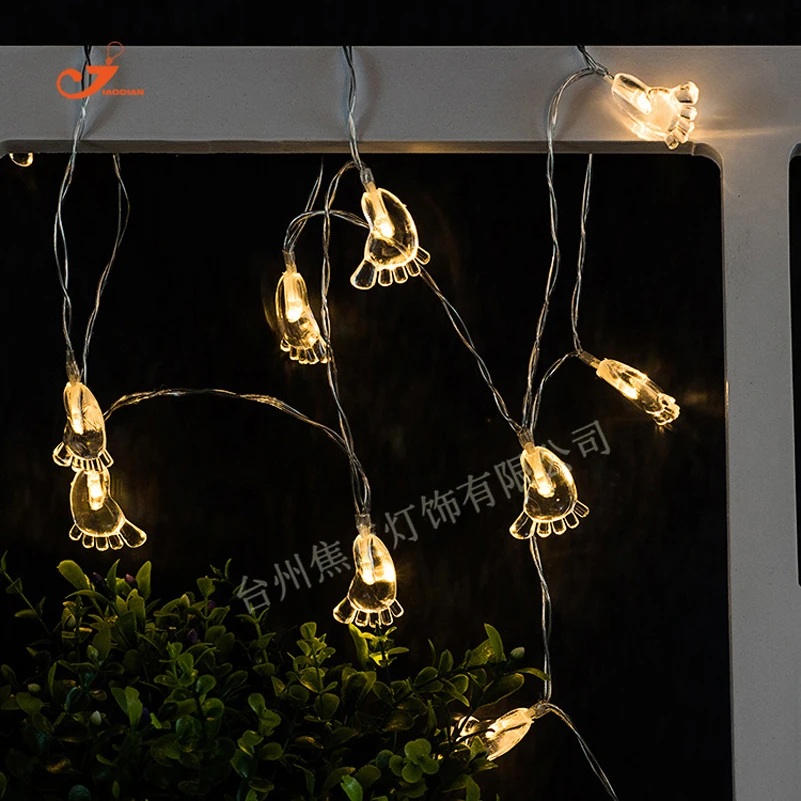
Especially the connector between cable and LED strip has to be checked, because this connector is very sensitive. You should check the connection from the controller to the LED strip. On the one hand this can be due to the wiring. This is usually the cause of a defect.Ī broken LED strip usually doesn’t glow at all. Most LED strips have a controller with a remote control. Even if individual LEDs fail here, this is hardly noticeable, because the majority of the LEDs still glow. LED Stripes have a variety of LEDs, which are all connected in parallel on most stripes. If your LED strip doesn’t work anymore, it’s rarely the LED Stripe itself. All/several LEDs defective? – This is what you can do in case of a defect of fixed LEDs.

Only one of many LEDs defective? – No problem.Then it is recommended to replace them with a lamp from a brand manufacturer. In the second case you should check if you have used cheap no-name lamps so far. Your LED lamps are constantly breaking down? You replace them and after a short time they are defective again? You should first check whether your LED lamps break down due to an external influence or burn out for no reason. This way you can analyze your own LED defects more precisely and find out what’s wrong. Some errors occurred however frequently, which are described in detail in the following sections. Of course I can’t judge every defect from a distance. I occasionally receive questions from readers why their LED light sources have broken down in this or that situation. Unsuitable transformer for low voltage lamps.Very often external factors are the cause. The error does not necessarily have to come from the LED lamp itself. One reason for this could be that the unknown manufacturers from the Far East use cheaper components and skip certain tests for light duration and switching resistance. According to that no-name LED lamps often break already after a short time rather than the lamps of brand manufacturers. Defects occur much more frequently in the power unit or LED driver.Īccording to my own observations and the messages of many readers a certain trend can be recognized. Due to the relatively complex structure of an LED light, there are many sources of error. On the one hand, this can be due to the lamp itself. Nevertheless, LED lamps can also break down. If I don't need a perfectly straight line, I just tack in a few nails, about every foot does it well, then hang the lights on that (nail going between the wires).Current LED light sources and luminaires are very durable and normally last between 15,000 and 50,000 hours. The best thing I do when hanging my lights, is I will staple a twist tie to the wood, then use the twist tie to hold the wire. I also separate the lights with ones used outdoors and ones used indoors (the bulbs aren't faded, and a little less abused). Although LEDs go fast and you better be there opening on the 26th to get any good sets. Since I was in high school, I've been buying after christmas clearance lights.

Which also means more than one night of being outside. That way I can tell if there's any breaks in the wire. Usually at dusk, so there's still enough sunlight to see. If you're stapling the wires to the roof, it's very easy that you've broken the wire, so that's why it was on when they were down, but suddenly went off when they went up. I always fold mine, so it's easy to see if there's any missing or broken. Double check on the bulbs to make sure non are broken. But if a bulb is missing, the section will go out. As well, many strands are the "always on" meaning, if a bulb is burnt the rest remain lit.

The strands are broken into sections, so if a section of wiring is bad, it'll cause the whole section to go out, but not the whole strand.


 0 kommentar(er)
0 kommentar(er)
